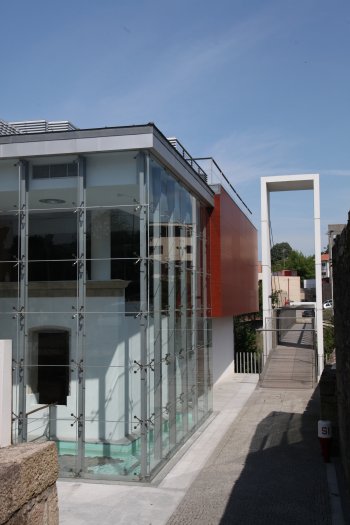Explore the best places
Heritage in Portugal
Biblioteca Municipal Simões de Almeida
- heritage
Rua dos Bombeiros Voluntários
3260-419, Figueiró dos Vinhos
Space with internet access, cultural activities, space for children, among other services and features.
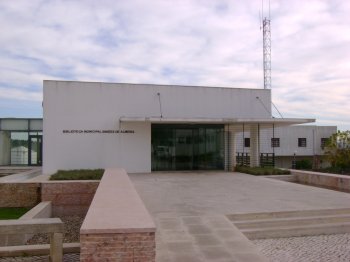
Convento de Nossa Senhora do Carmo
- heritage
Rua dos Bombeiros Voluntários, 13-15
3260-419, Figueiró dos Vinhos
Mannerist style church with a Latin cross plan. It has a high choir and tribunes over the side chapels.
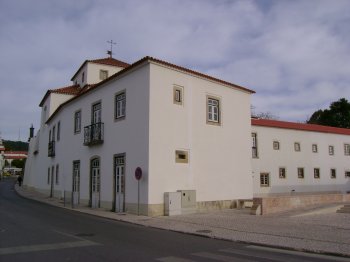
O Casulo
- heritage
Avenida José Malhoa
3260-021, Figueiró dos Vinhos
House built by painter José Malhoa, which looks like a typical romantic chalet. The walls of brick and the corners and window frames are cut out of rustic stone blocks. It has tiles by Rafael Bordalo Pinheiro.

Vista sobre o Rio Zêzere
- heritage
Cova da Eira
3260, Figueiró dos Vinhos
Views over Ribeira de Alge, next to the mouth of the river that originates in Serra da Estrela. It is the second largest exclusively Portuguese river.

Igreja Paroquial de Figueiró dos Vinhos / Igreja Matriz de São João Baptista
- heritage
Praça da República, 1
3260-409, Figueiró dos Vinhos
On the facade of this temple, the Renaissance portal stands out, topped by a pediment interrupted by a niche with the sculpture of Saint John the Baptist. Highlights include the 15th century triumphal arch, the “Baptism of Christ” altarpiece by José Malhoa and mannerist paintings from the Diogo Teixeira cycle.
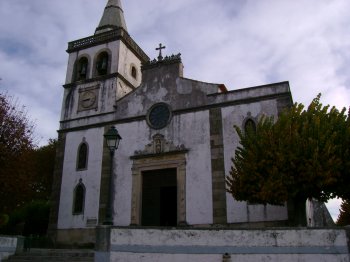
Torre da Antiga Cadeia de Figueiró dos Vinhos
- heritage
Rua Dom Diogo de Sousa, 22
3260-418, Figueiró dos Vinhos
Tower dating from 1506, roofless and partly in ruins. It has a square plan, crowned with chamfered merlons. Gothic characters are on a tombstone over the door.
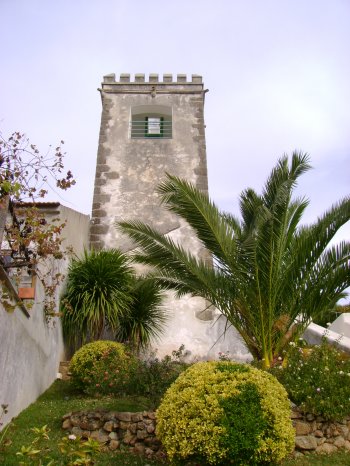
Igreja Matriz de São Salvador / Antigo Colégio de São Francisco Xavier
- heritage
Largo Duque D'Ávila e Bolama
9900-141, Horta
Initially built as the Jesuit College Church, the first stone was laid in 1652. However, construction only began in 1680. The buildings that flank it were never finished and today houses the Museum of Horta and the City Hall. The church became a parish church in 1825, due to the advanced state of degradation of the previous church. The church's facade is made up of four floors and its interior is made up of a single nave and three interconnecting chapels.

Moinhos de Vento da Lomba da Conceição
- heritage
Lomba
9900, Horta
Set of three rotating windmills, located at the top of Lomba da Conceição. The wooden structure, as well as the access stairs, are painted red, from which the masts and sails emerge (two with grid sails and one with triangular sails). The landscape that can be captured from these mills is of rare beauty.

Museu da Horta
- heritage
Largo Duque D'Ávila e Bolama
9900-141, Horta
Created in 1977 in the former Jesuit College, this museum tells the history of the island and the city of Horta. The exhibition consists of ethnographic objects (by highlighting the laces and handcrafted made from fig tree), nautical, technological objects (linked to the history of communications) and artistic. It also features an exhibition of sacred art in the 16th and 17th centuries, of elements and religious figures gathered in churches and chapels of the island.

Espaço Memória e Fronteira de Melgaço
- heritage
EN202
4960-551, Melgaço
This space addresses the themes of smuggling and emigration, two social phenomena that have marked the region's recent history. The aim is to remember the clandestine and dangerous life of many men and women from Melgaço.
